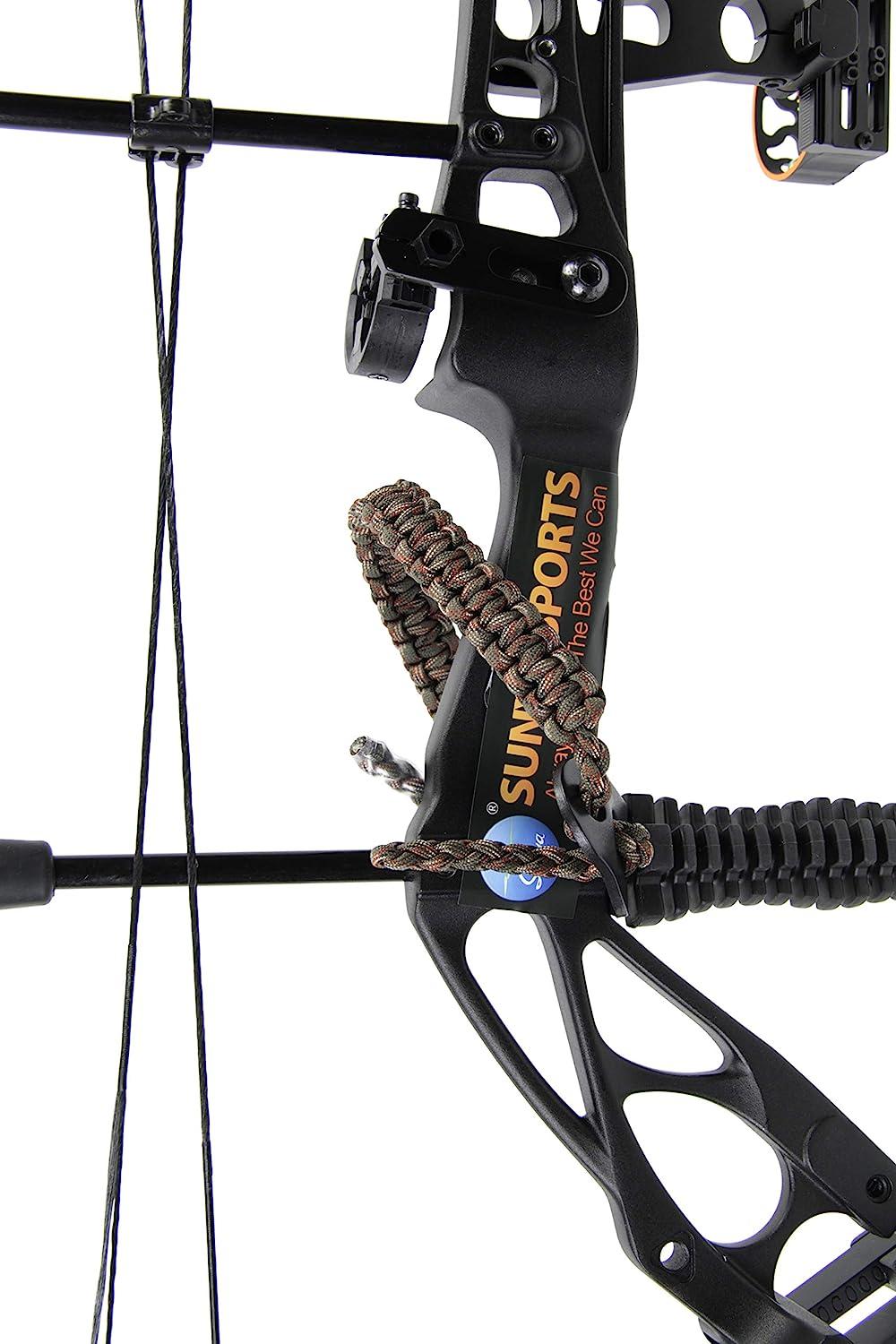Bow Stabilizer : Your Ultimate Overview to Improved Archery Accuracy
Bow Stabilizer : Your Ultimate Overview to Improved Archery Accuracy
Blog Article
Optimize Your Archery Accuracy With These Bow Stabilizer Methods
One vital element that can substantially impact your performance is the correct use of bow stabilizers. Whether you are a skilled archer looking to fine-tune your skills or a newcomer excited to enhance your accuracy, mastering these bow stabilizer techniques can be the secret to striking your mark with unparalleled uniformity.
Advantages of Using Bow Stabilizers
Making use of bow stabilizers can significantly improve an archer's accuracy and total efficiency by reducing bow torque and vibration. In addition, bow stabilizers moisten vibration, which not only enhances the comfort of shooting but also stops the bow from jumping upon release, thus assisting in maintaining proper objective.
Moreover, bow stabilizers can assist in holding the bow steady, particularly throughout gusty problems or when shooting from longer ranges. The included weight at the front of the bow gives stability and equilibrium, permitting the archer to concentrate on intending without the distraction of bow movement. Generally, the advantages of making use of bow stabilizers extend past simply accuracy, improving the archer's experience and performance in different shooting circumstances.
Selecting the Right Bow Stabilizer
Picking the suitable bow stabilizer is important for optimizing your archery equipment and boosting shooting efficiency. Much heavier stabilizers can aid minimize bow torque and soak up more vibration, leading to a steadier aim.

Finally, take into consideration the layout of the stabilizer. Some stabilizers include adjustable weights or dampeners that allow you to tailor the balance and feeling of your bow. Eventually, selecting the right bow stabilizer entails finding an equilibrium between weight, length, style, and product to boost your shooting accuracy and general efficiency.
Appropriate Installation Techniques
To guarantee optimal performance and security in archery, understanding appropriate setup techniques for your bow stabilizer is necessary. The primary step in installing a bow stabilizer is to identify the appropriate placement on your bow. Most stabilizers are connected to the front of the riser, listed below the hold, to assist counterbalance the weight of accessories such as quivers and views. Ensure that the stabilizer is not conflicting with other elements or preventing your shooting form.
Following, safely attach the stabilizer to the bow making use of the appropriate mounting hardware. It is essential to tighten up the stabilizer snugly to stop any tottering during shots. Some stabilizers come with flexible weights that can be included or removed to adjust the balance of your bow. Trying out different weight Get More Information configurations to discover the optimal balance that suits your capturing design.

Readjusting Stabilizer Weight and Length
After making certain the appropriate installation of your bow stabilizer, the following action entails adjusting the weight and length to maximize its performance in boosting archery accuracy. The weight of the stabilizer plays a crucial function in decreasing bow activity throughout the shot cycle.
A longer stabilizer can give greater security by increasing the distance between the bow and the weight at the end of the stabilizer. Conversely, a shorter stabilizer offers extra maneuverability and might be chosen by archers who value agility and quick motions during shooting.
Advanced Stabilizer Tuning Tips
Achieving optimum bow stability and precision in archery demands a nuanced method to sophisticated stabilizer tuning. Advanced stabilizer adjusting involves fine-tuning various elements to improve the bow's balance, minimize resonance, and boost total precision.
Another crucial element of sophisticated stabilizer adjusting is optimizing the damping residential or commercial properties of the stabilizer system. This can be attained by including added dampening accessories such as rubber dampeners or harmonic stabilizers to further lower vibration and sound. Exploring various products for the stabilizer construction, such as carbon fiber or light weight aluminum, can likewise affect the bow's performance by changing its weight circulation and stiffness. By thoroughly make improvements these sophisticated stabilizer components, archers can optimize their accuracy and uniformity on the array or in competition.
Verdict
In final thought, taking full advantage of archery accuracy can helpful resources be accomplished via the proper selection, setup, and modification of bow stabilizers. On the whole, incorporating bow stabilizers link into archery technique can lead to improved performance and raised precision.
Using bow stabilizers can dramatically boost an archer's accuracy and overall efficiency by minimizing bow torque and vibration. Longer stabilizers supply greater security and balance, particularly for long-distance capturing, while much shorter stabilizers use even more adaptability and are easier to navigate in limited areas (bow stabilizer). Carbon fiber stabilizers are durable and light-weight, while aluminum stabilizers are durable and offer exceptional vibration dampening
A longer stabilizer can offer higher stability by raising the range in between the bow and the weight at the end of the stabilizer.An additional essential facet of innovative stabilizer adjusting is maximizing the damping buildings of the stabilizer system.
Report this page